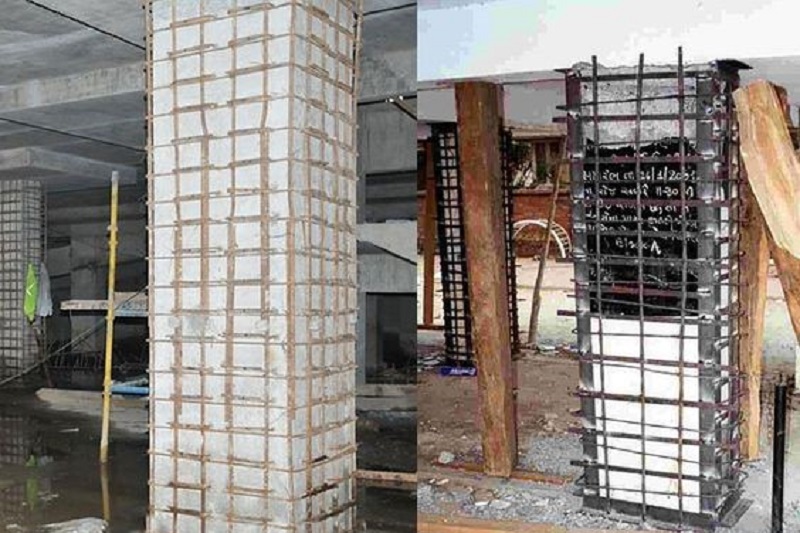Strengthening, Jacketing & Retrofitting
Strengthening, Jacketing & Retrofitting
Strengthening, jacketing, and retrofitting are techniques used in civil engineering and construction to improve or enhance the performance, durability, and safety of existing structures. These methods are employed to address various issues, such as structural deficiencies, aging infrastructure, increased load requirements, or changes in design standards. Here’s an overview of each technique:
- Strengthening:
- Purpose: Strengthening involves enhancing the load-carrying capacity, stability, and overall structural integrity of an existing building or infrastructure element. It’s typically done to meet new design codes, accommodate increased loads, or correct structural deficiencies.
- Methods:
- Reinforcement: Additional structural components, such as steel or carbon fiber reinforcement, are added to the existing structure to increase its load-carrying capacity.
- Post-Tensioning: Tendons are added to the structure, which are then tensioned to provide added strength and support.
- Shear Wall or Bracing Installation: Shear walls or bracing elements are added to improve lateral stability and seismic resistance.
- Concrete Jacketing: Additional layers of concrete are added to existing structural elements, such as columns, to increase their strength.
- Jacketing:
- Purpose: Jacketing refers to the process of applying a new layer or casing to an existing structural component, typically made of concrete or steel. It is used to increase the load-carrying capacity and protect the structure from environmental factors.
- Methods:
- Concrete Jacketing: This involves adding a new layer of concrete to the exterior of an existing structural member, such as columns or beams. The jacketing provides additional strength and protection against corrosion.
- Steel Jacketing: Steel plates or shells are added to existing concrete or steel elements to improve their load-carrying capacity and ductility.
- Fiber-Reinforced Polymer (FRP) Jacketing: FRP materials are applied to the exterior of structural elements to enhance their strength and durability.
- Retrofitting:
- Purpose: Retrofitting involves making modifications or improvements to an existing structure to enhance its performance, resilience, and safety, particularly in response to changing design codes, seismic activity, or other environmental factors.
- Methods:
- Seismic Retrofit: This involves strengthening a building’s structural components to better withstand seismic forces. Methods may include adding shear walls, bracing, or base isolators.
- Fire Retrofit: Retrofitting to improve fire resistance by adding fireproofing materials or implementing fire-resistant structural components.
- Energy Retrofit: Making changes to a building’s design or systems to improve energy efficiency and reduce environmental impact.
These techniques are essential for ensuring the safety and longevity of existing structures, especially in regions prone to earthquakes, extreme weather events, or evolving building codes and regulations. Retrofitting and strengthening can also be cost-effective compared to building entirely new structures and can help preserve historic or architecturally significant buildings. The specific method chosen depends on the condition of the structure, its intended use, and the project’s requirements. Professional engineers and contractors typically perform these tasks, ensuring that the work meets safety and quality standards.

